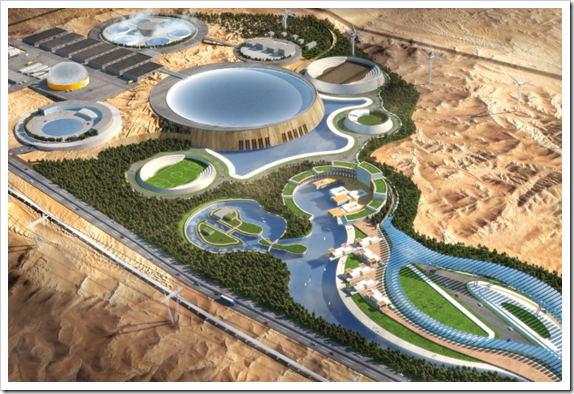The warmest 10 years on record have all occurred since 1998, with the top eight in the past decade. Climate change is one of society’s most pressing problems as it leads to more extreme weather, rising sea levels, arctic ice melt, and the displacement of coastal communities.
While the news may seem dire, global warming can be mitigated by drastically decreasing carbon emissions. More people than ever are adopting low-carbon clean energy solutions such as wind and solar, but it’s important to deploy all available technologies, including nuclear energy and especially advanced nuclear reactors.
Current advanced reactor designs showcase more robust safety features, innovative cooling materials and systems, and decreased waste output and cost. For example, Terrapower, an advanced nuclear company founded by Bill Gates, is developing two reactor designs that do not need high-pressure environments to operate, unlike current light water reactors. Its molten chloride fast reactor (MCFR) operates at higher temperatures and therefore higher efficiencies, and makes use of a liquid salt fuel and coolant that allows the reactor to shut down without external power sources, thus preventing accidents. Terrapower’s traveling wave reactor is capable of using depleted uranium as a fuel source, lowering the cost of the overall fuel cycle by using spent fuel from existing reactors.

Small Modular Reactors Offer More Flexibility
Additionally, there are many small modular reactor designs (SMR) that make nuclear far more scalable and flexible and an attractive choice for baseload energy sources. NuScale is one of the most prominent SMR companies and has recently had its small modular reactor design approved by the Nuclear Regulatory Commission. Its SMR design is only a third of the size of existing pressurized water reactors and will be able to be manufactured off-site, reducing cost.
SMRs are an option for remote communities that need low-carbon energy that is always available. One good example is Russia’s floating nuclear reactor, Akademik Lomonosov, deployed in 2019 to supply electricity to oil rigs in Russia’s Arctic Ocean. This 80MW mobile power plant generates enough power to provide energy to about 100,000 people.
The chief reasons why nuclear has not been utilized to its potential in the past is the enormous cost of building a light water reactor, and the unresolved issue of nuclear waste. The SMR and MMR’s make possible the delivery of on-time and on-budget reactors, and now there is a modular disposal option. In addition to the passive safety designs of these innovative reactors, the two chief hurdles to ramped up nuclear power are eliminated. Advanced nuclear energy is low carbon and always on, capable of meeting demands for the smallest of towns to the biggest of cities. Paired with new advancements in renewable energy and energy storage, advanced nuclear technology has the potential to help combat climate change.
By solving the issue of nuclear waste disposal with innovative and reliable solutions, the nuclear fuel cycle will be complete, and advanced nuclear technology can be more easily deployed and accepted.
Related Posts
New Study Offers In-Depth Look at Nuclear Waste Solution for Advanced Nuclear Reactors
